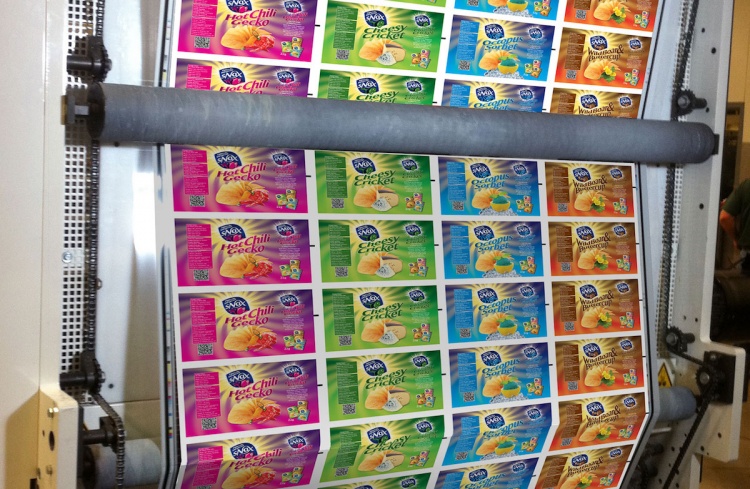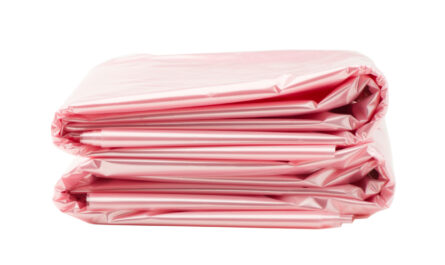Packaging printing is not merely an art form but a scientific endeavor that involves a meticulous understanding of materials, processes, and technologies. Behind every eye-catching label or vibrant box lies a complex interplay of physics, chemistry, and engineering, all working together to create packaging that is both functional and visually appealing.
At the heart of packaging printing is the study of materials – from paper and cardboard to plastics and metals. Each material possesses unique properties that influence its suitability for specific printing techniques and applications. For instance, paper-based materials are favored for their versatility, recyclability, and printability, making them a popular choice for a wide range of packaging products. Understanding the physical and chemical properties of these materials is essential for achieving optimal print quality, adhesion, and durability.
In addition to materials, the science of Packaging Printing encompasses various printing processes, each with its own set of principles and parameters. Offset printing, flexography, gravure, and digital printing are just a few examples of the techniques used to transfer images and text onto packaging substrates. Each printing process relies on different mechanisms – such as ink transfer, plate imaging, and substrate feeding – which must be carefully controlled to ensure consistent and accurate results. Advances in printing technology, such as computer-to-plate systems and inline color management, have further enhanced the precision and efficiency of packaging printing processes.
Furthermore, the science of color plays a crucial role in Packaging Printing, influencing brand recognition, consumer perception, and product differentiation. Color management systems, spectrophotometers, and color profiling software are used to achieve accurate and consistent color reproduction across different printing platforms and substrates. By understanding the principles of color theory, ink formulation, and color mixing, printers can achieve vibrant hues, subtle gradients, and precise color matches, thereby enhancing the visual impact of packaging designs.
Beyond materials and processes, the science of packaging printing also encompasses the study of environmental sustainability, regulatory compliance, and consumer safety. With increasing awareness of environmental issues and regulatory requirements, printers are seeking innovative solutions to reduce waste, minimize emissions, and use eco-friendly materials and inks. Additionally, stringent regulations govern the use of certain chemicals and additives in packaging printing, requiring printers to adhere to strict quality control measures and safety standards to protect consumers and the environment.
*Note:
1. Source: Coherent Market Insights, Public sources, Desk research
2. We have leveraged AI tools to mine information and compile it




